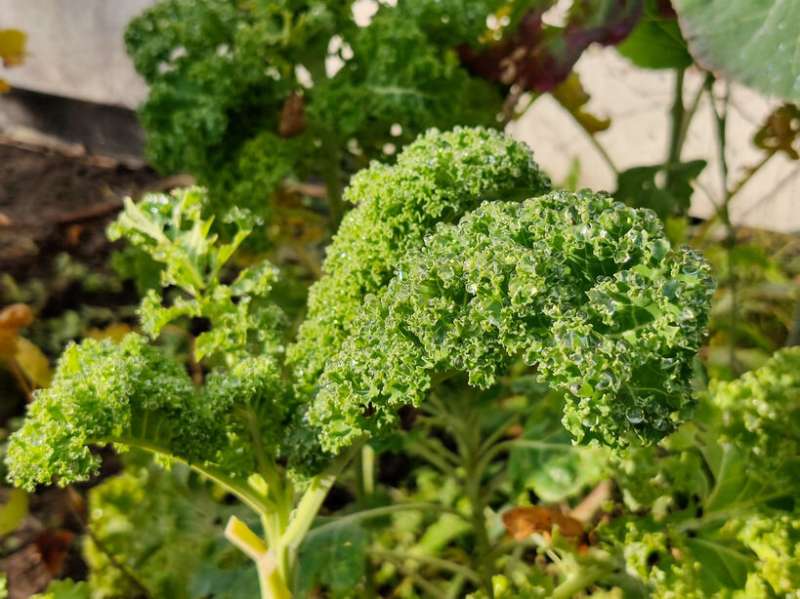Credit: Jaana Vapaavuori / Multifunctional Materials Design research group
Researchers at Aalto University are developing a way to convert biowaste into a new, sustainable sound-absorbing material. One of the intended outcomes for the research project is to create alternatives to mineral wool construction materials that are commonly used for sound absorption and thermal insulation.
The new material could potentially replace glass wool and rock wool in the ventilation air ducts of apartment buildings. The fabrication process of glass wool is not ecofriendly, as it requires a lot of energy to produce. The new material created by the Aalto researchers converts waste into a product that is not only sustainable, but also more pleasant to work with than coarse mineral wools.
The research project is a collaboration between two groups from two very different disciplines. The group led by professor Jaana Vapaavuori focuses on the functionalities of the material, while the group led by professor Tapio Lokki deals with its acoustic properties.
What's convenient about the new material, according to professor Vapaavuori, is that nearly any kind of random biowaste can be used to create it. Since acoustic absorbents are a bulk product, the requirements for the final material are not strict.
"In our latest article, we focused on three different types of waste categories—agricultural waste, industrial food processing biowaste, and algae collected from nature. It has already been proven that these materials perform as well in sound absorption as commercial standards like glass wool or rock wool," says professor Vapaavuori.
The paper is published in Advanced Sustainable Systems.
Toward industrial production
The research teams are currently working on improving the sound-absorbing properties of the new material. So far, they have worked on small samples of wastes, but the goal is to upscale the work to large amounts of actual industrial waste.
"We have already learned that biowaste is a suitable raw material to manufacture sound absorption materials. With the new project with CHEM researchers, we expect to have better control of multiscale porosity and microstructures of materials, keeping in mind the scalability to industrial processes. To make an impact on the construction industry, we need products that can be produced millions of square meters in a week," says professor Tapio Lokki.
More information: Isaac Benito‐González et al, Waste Biomass Valorisation for the Development of Sustainable Cellulosic Aerogels and their Sound Absorption Properties, Advanced Sustainable Systems (2022). DOI: 10.1002/adsu.202200248
Provided by Aalto University
























